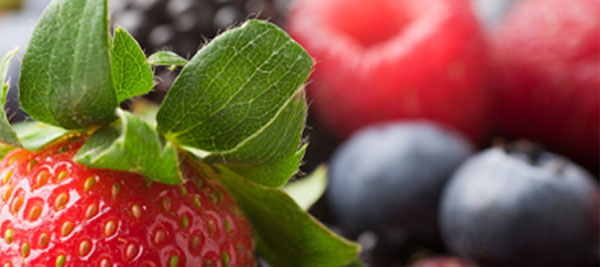
Nutrition Notes
Textured vegetable protein is an excellent source of protein that is also high in fibre, low in fat and often fortified with vitamin B12, making it an ideal food for vegetarians and vegans as an addition to sauces, casseroles, stews, seafood dishes, meat, and cereals.
Some varieties of textured vegetable protein contain added salt and flavourings, so if you are watching your sodium intake, be sure to read the label carefully before purchasing.
1/4 cup of dehydrated textured vegetable protein (before cooking/hydrating) contains; 80 calories, 0 grams fat, 0 grams saturated fat, 2 mg sodium, 7 grams carbohydrate, 4 grams fibre and 12 grams of protein.
Varieties
Textured vegetable protein is made from defatted soy flour that is compressed and processed into granules or chunks.
Textured vegetable protein is usually available as a dehydrated product that needs to be hydrated before using. It is available in a variety of forms including powder form, chunks, slices and granules resulting in a food product that is very versatile.
Hydrated textured vegetable protein is also available in the freezer or refrigerator section of some grocery stores.
Buying
Dehydrated textured vegetable protein is available in most health food and bulk food stores. Some larger grocery stores may also carry it. Price wise, textured vegetable protein is very economical because when it is hydrated, its weight and volume increase greatly. Hydrated textured vegetable protein that resembles ground beef is also available in the refrigerated or freezer section of grocery stores.
Storing
Dehydrated textured vegetable protein has a shelf life of over a year if stored in a sealed container in a cool place away from excess moisture. After hydration, textured vegetable protein should be kept refrigerated and used within 3 days.
Preparing
To hydrate textured vegetable protein, add 3/4 cups of boiling water to 1 cup of textured vegetable protein, cover and let stand for 10 minutes until the water is absorbed. If using textured vegetable protein in soups or stews, or to add extra flavour, try hydrating textured vegetable protein with low sodium chicken or vegetable stock.
Textured vegetable protein granules are an excellent alternative to ground beef, chicken or turkey in recipes such as chili, lasagna or tacos. Textured vegetable protein chunks can be used to replace meat in soups and stews.
Eating
Textured vegetable protein absorbs the flavour of whatever it is cooked in, making it an ideal in such dishes as soups, stews, veggie burgers, chili, spaghetti sauces and tacos. Textured vegetable protein does not contain any animal products, making it an appropriate food choice for vegans. However, people who are allergic to soy should avoid textured vegetable protein.
Healthy Ways to Enjoy:
Breakfast
- Add hydrated textured vegetable protein to your favourite granola recipe to add extra protein, without adding extra fat
Lunch
- Substitute textured vegetable protein for ground beef, chicken or turkey in your favourite chili recipe
- Add textured vegetable protein in place of ground beef to lasagna
Dinner
- Add hydrated textured vegetable protein to your favourite soup to increase the protein content
- Make low fat tacos using textured vegetable protein in place of ground beef with taco seasoning, a touch of cheese and plenty of lettuce, tomatoes and onions
- Substitute textured vegetable protein for 1/4 of the ground chicken or turkey in a meat loaf recipe - chances are your family won't even taste the difference!
- Use textured vegetable protein in place of ground beef in lasagna to lower the fat content
Snacks
- Add hydrated textured vegetable protein to the topping of a fruit crumble for an extra boost of protein
Did You Know?
- You can add a touch of lemon juice or vinegar when hydrating textured vegetable protein to speed up the process.
- Plain textured vegetable protein is cholesterol free!
- Textured vegetable protein is not as good of a source of isoflavones as most other soy products.
- Textured vegetable protein is patented in three ways; a process patent, a product patent and a use patent. While many people may use the terms textured vegetable protein and TVP® interchangeably, TVP® is actually a registered trade name.









